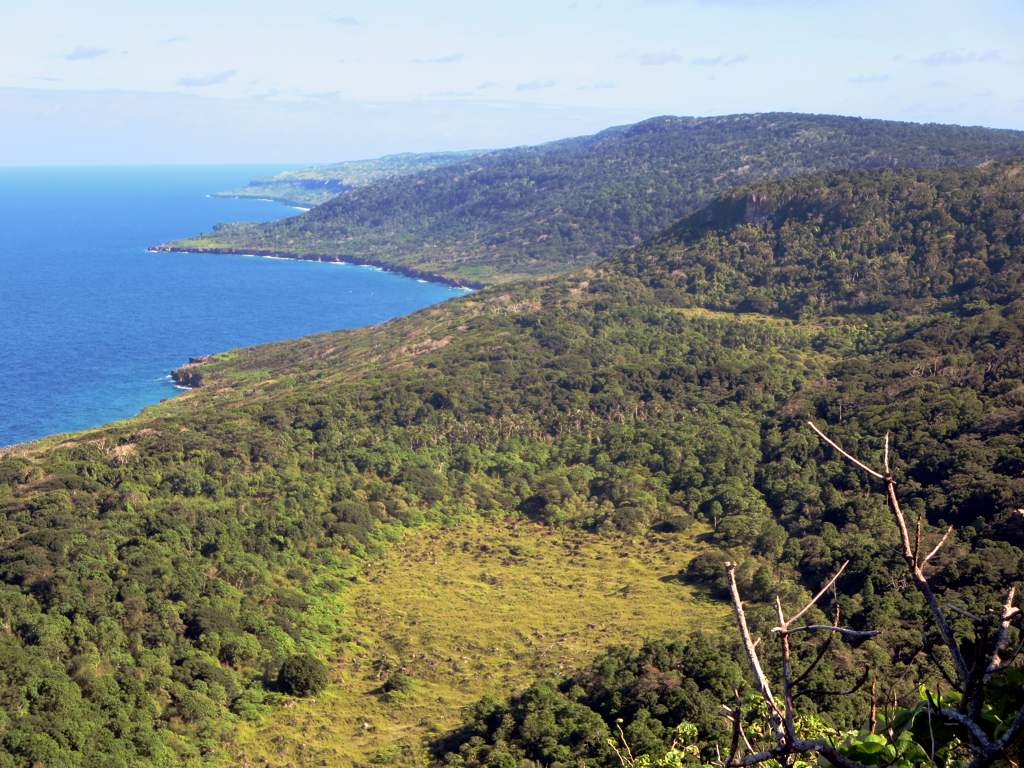The Christmas Island shrew, a tiny mammal once found only on the Australian island of the same name, has been declared officially extinct. It’s at least the fourth small mammal species to be wiped out from the island since the introduction of invasive species there a century ago.
The Christmas Island shrew (Crocidura trichura) was once widespread before humans arrived on the island, which lies much closer to the Indonesian island of Java than to the Australian mainland. John Woinarski, a conservation biologist at Charles Darwin University, Australia, writes in The Conversation that European naturalists first visiting Christmas Island in the 1890s noted “this little animal is extremely common all over the island, and at night its shrill shriek, like the cry of a bat, can be heard on all sides.”
But since 1985, there have been no confirmed records of the species, “despite surveys and many studies,” notes the species’ latest conservation assessment. That assessment, for the IUCN Red List, concludes the species is now officially extinct. It was last assessed in 2016 as critically endangered (possibly extinct).
The shrew’s decline on the island likely started in the early 20th century when a visiting ship accidentally introduced black rats (Rattus rattus) within bales of hay.
Two of the island’s endemic rat species, found nowhere else on Earth, were soon wiped out, likely from a blood-borne parasite transmitted by the black rats. Maclear’s rat (Rattus macleari) and the bulldog rat (Rattus nativitatis) were last recorded before 1908.
The parasite also likely played a role in decimating populations of the Christmas Island shrew, researchers say. There are just four confirmed records of the shrew in the 20th century: two in 1958, one in 1984, and the last in 1985. These observations suggested that “a very small proportion of the shrew population must have survived” the parasite outbreak, the IUCN assessment notes.
“However, this small population is likely to have been highly vulnerable to the many other widespread threats that accompanied or followed settlement of the island, including feral cats, clearing, black rats, yellow crazy ants and wolf snakes,” the assessment adds.
Some of these invasive animals likely also wiped out the Christmas Island pipistrelle (Pipistrellus murrayi), a tiny bat species last recorded in 2009 and declared extinct in 2017.
Blyth’s flying fox (Pteropus melanotus), a fruit bat, is the last remaining native mammal species on Christmas Island. However, it, too, is under threat from growing settlements, agriculture and invasive species.
Woinarski writes that the case of the Christmas Island shrew is “a reminder of the enormity of the challenge of preventing further extinctions.”
“I hope the Christmas Island shrew is not extinct; after all it has defied previous calls of its demise. Perhaps somewhere, a small furtive family of shrews are hanging on, elusive survivors, secure in the knowledge of their own existence and waiting to prove the pessimists wrong,” he adds.
Banner image: View of Christmas Island, Australia. Image by David Stanley via Wikimedia Commons (CC BY 2.0)

